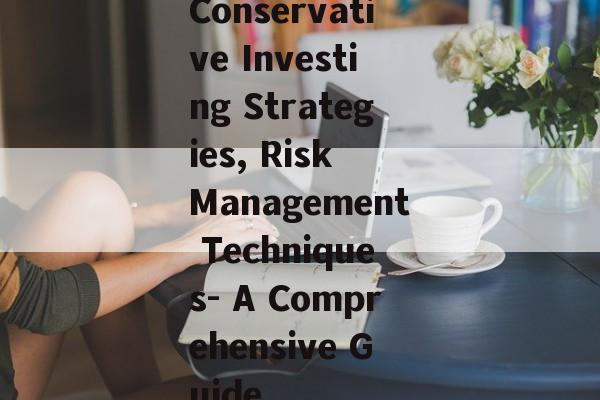Understanding Conservative Investing
Conservative investing is all about minimizing risk and ensuring a steady growth rate. Unlike aggressive investing, which aims for high returns but carries a higher risk, conservative investors focus on preserving capital. Key aspects of conservative investing include diversification, low volatility investments, and a long-term horizon.
Why is this approach beneficial? It offers peace of mind and financial security, making it suitable for retirees, risk-averse investors, and those planning for major life events. But how can one implement conservative investment strategies effectively? Let's explore.
Diversification as a Core Principle

Diversification is a cornerstone of conservative investing. It involves spreading investments across different asset classes, industries, and geographic locations to reduce risk. This strategy ensures that if one sector performs poorly, the impact on the overall portfolio is minimized.
Consider investing in a mix of stocks, bonds, and cash equivalents. Each has its own risk and return profile, and when combined, they create a balanced portfolio. How does one achieve this balance? By regularly reviewing and rebalancing the portfolio, investors can maintain their desired asset allocation.
Low Volatility Investments
Low volatility investments are a key component of conservative strategies. These include bonds, money market funds, and dividend-paying stocks. Bonds offer a fixed income stream, while money market funds provide stability and liquidity. Dividend-paying stocks can provide regular income and are often less volatile than growth stocks.
Understanding the characteristics of these investments is crucial. Bonds, for instance, are subject to interest rate risk, but they offer predictability. Dividend stocks can provide a cushion during market downturns, but they are not entirely risk-free. How can investors choose the right mix? By considering their risk tolerance and investment goals.
Time Horizon and Patience
A long-term horizon is essential for conservative investors. Market fluctuations are inevitable, but over time, the compounding effect of investments can lead to significant growth. Patience is key; short-term market volatility should not dictate investment decisions.
How can one stay committed to a long-term strategy? By setting clear financial goals and adhering to a well-defined investment plan. What role does patience play? It helps investors avoid emotional decision-making and stay focused on their objectives.
Risk Management Techniques
Effective risk management is critical for conservative investors. This involves setting stop-loss orders, using trailing stops, and regularly reviewing the portfolio. Stop-loss orders can limit losses by selling a security if it reaches a certain price, while trailing stops adjust the sell price as the security's price rises.
Additionally, staying informed about market trends and economic indicators is essential. How can one stay updated? By reading financial news, attending investment seminars, and consulting with financial advisors. What are the potential challenges? Market unpredictability and emotional biases can pose risks, but a disciplined approach can mitigate these.
Conservative Investing for Different Life Stages
Conservative investing is not a one-size-fits-all approach. Different life stages require different strategies. Young investors may afford to take on slightly more risk, while retirees need to prioritize income and capital preservation. How can one tailor their strategy? By considering their age, financial goals, and risk tolerance.
For instance, a young investor might allocate a portion of their portfolio to growth stocks, while a retiree might focus on bonds and dividend-paying stocks. What are the benefits of this approach? It ensures that the investment strategy aligns with the investor's life goals and financial needs.
In conclusion, conservative investing strategies offer a balanced and secure way to grow wealth. By focusing on diversification, low volatility investments, and long-term planning, investors can navigate market uncertainties while ensuring their financial stability. Remember, the key to successful conservative investing lies in understanding your risk tolerance, setting clear goals, and staying disciplined. Whether you are a retiree or a young investor, a well-thought-out conservative investment strategy can help you achieve your financial objectives.










评论列表